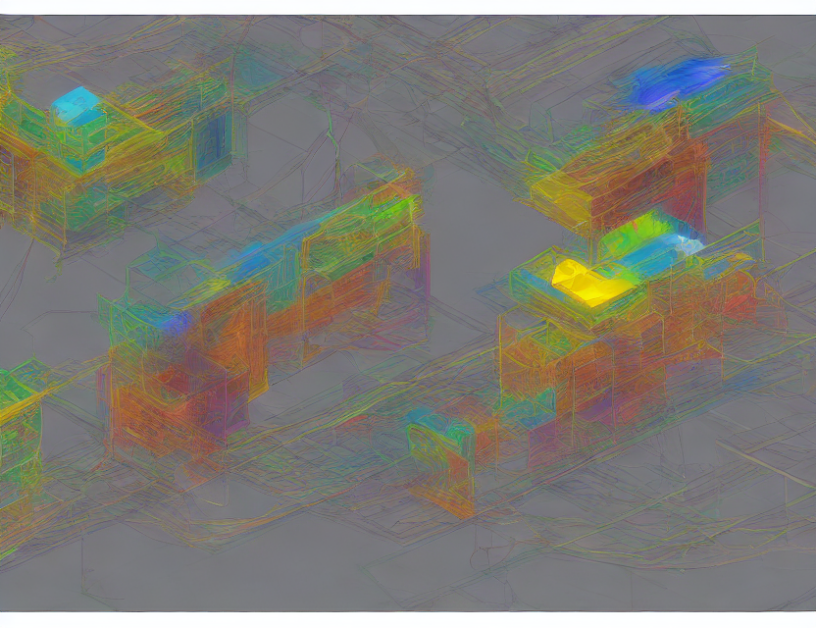Compressed sensing is a technique used to reconstruct signals or images from a small number of measurements. One important aspect of compressed sensing is support recovery, which refers to the process of finding the original atoms (or vectors) that were used to create the measured signal or image. This process can be challenging, especially when the noise level in the measurements is high.
In this article, we will explore the connection between the number of sparse vectors (d) and the condition number (cm) of a matrix. The condition number is a measure of how sensitive the matrix’s eigenvalues are to small changes in the matrix’s entries. We will see that the required number of sparse vectors d is proportional to the noise variance σ2 in order to guarantee successful support recovery.
To understand this concept, let’s use an analogy. Imagine you have a collection of boxes filled with different items (atoms). You want to recover the original boxes by looking at the measurements (measured signals or images) of the contents of each box. However, some of the boxes are empty or contain random items, making it difficult to identify the original boxes just by looking at the measurements.
In this case, we need to use an algorithm that can distinguish between the original boxes and the empty or random boxes. One such algorithm is greedy algorithms, which select one atom (box) at a time and add it to the recovered support set. The performance of these algorithms has been analyzed for both noisy and noiseless scenarios.
The article also discusses the relationship between the number of sparse vectors d and the condition number cm of the matrix. The condition number can be thought of as a measure of how sensitive the matrix’s eigenvalues are to small changes in the matrix’s entries. We see that when the condition number is large, the required number of sparse vectors d is small, which means that the algorithm can recover the original atoms more accurately.
In conclusion, support recovery in compressed sensing is an important aspect of signal processing and image analysis. Understanding the relationship between the number of sparse vectors and the condition number of a matrix can help us develop more accurate algorithms for support recovery. By using everyday language and engaging analogies, we hope to demystify complex concepts in this article and make them easier to comprehend for readers.
Computer Science, Information Theory
SOMP Noise Recovery: Thresholding Complexities and Empirical Performance



